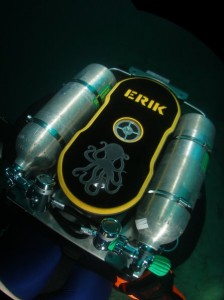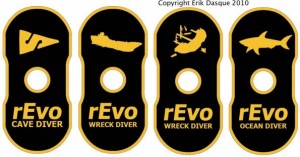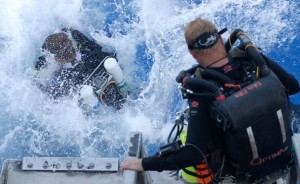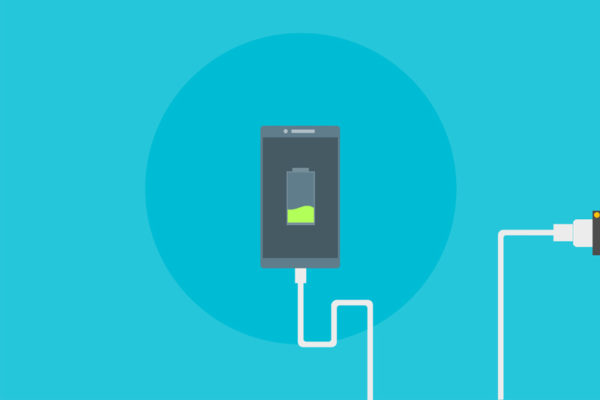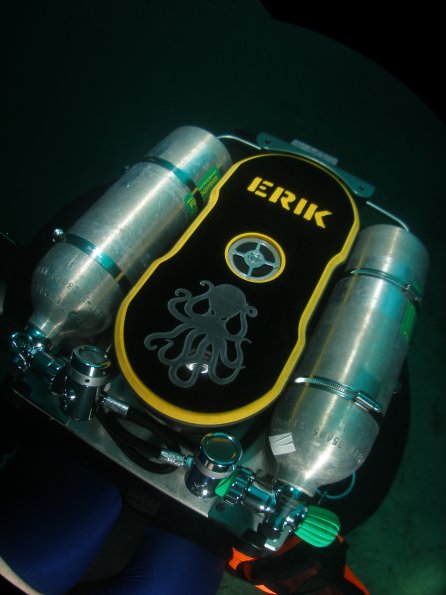
Here at Ponoko we come across some amazing ideas and products. It’s always thrilling seeing something new in the showroom that started off as a whole lot of flat shapes and squiggles. We thought that it’s about time everyone got to learn something about how different people use the Ponoko service. Every week, Ponoko will introduce you to a user who will share with you their creative experience.
Although many Ponoko users have designed and made things previously, this isn’t the case for Erik Dasque who is our lucky first case study, doesn’t conform to this theory. In fact, Ponoko enabled his creative endeavours.
A Guide To The World Of Arduino
Everything you need to know about Arduino.
“ I have no talent for making things whatsoever and no room/tools to do it in. Ponoko allows me to do a design and have the bits transform to atoms. Without it, I wouldn’t ‘make’ anything but computer files.”
What type of products do you make with Ponoko?
Well, it’s pretty specialized. I make custom covers for something called a rEvo rebreather – a life-sustaining piece of equipment technical divers use mostly for long and deep dives. Scuba divers, like all hobbyist like to personalize their gear. It’s a small community and they come to me for that kind of cover. Being able to do one offs with a specific design is invaluable. They wouldn’t be happy with a standard cover for all.
How would you describe your design process?
Aha, you want me to give up my secrets, don’t you? Well, the difficult part was to design the basic template for the physical cover that matches the equipment it’s going to be stuck on. I actually put my piece of gear in a scanner and since only 70% of it fit after vectorizing, I had to re-create the symetrical shape from the 70% that I had, resize it so it’d 95% of the piece it was going to cover. After that, it’s all graphic design, using stencil type fonts for cut throughs and keeping the shapes simple enough for engravings. People seem to really dig the result.
While I try to keep the design simple to keep the cost down (machine time), I sometimes fill the holes between the covers with little fun designs I give away to friends and family.
What material/s do you use/ have you used and why?
Well, today I use a black plexiglas for several reasons. First, the contrast of the black cover on the yellow equipment is good ! Plexiglas prove to actually be really resistant to abrasion and hasn’t broken (we use marine glue to stick the cover to the rebreather) yet. You have to remember that while wreck diving we tend to bump into rusty, sharp and very immovable objects quite often. I would have preferred to go with delrin but from what I am told you can’t glue delrin.
Anything that frustrated you? Delighted you?
Nothing really frustrates me. I wish there was a half-P2 so I could do a cover at a time instead of having to do two. I wish shipping from the US workshop was a little cheaper for a P2. I wish there was a tool that would show me what gets cut through and what gets engraved. That’d be nice. I wish some materials were available in the US (metals).
What delights me ? The resulting product. It’s awesome. People love it.
Do you have any tips for other users?
Check your colors. Make sure what you want to see cut through is not engraved and vice versa.
You can find Erik at http://www.thinkingdiver.com and on Twitter at both @thinkingdiver and @edasque.
